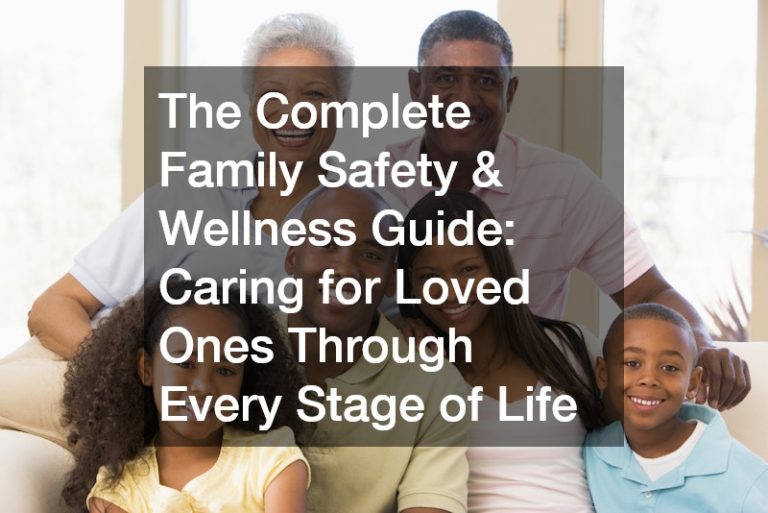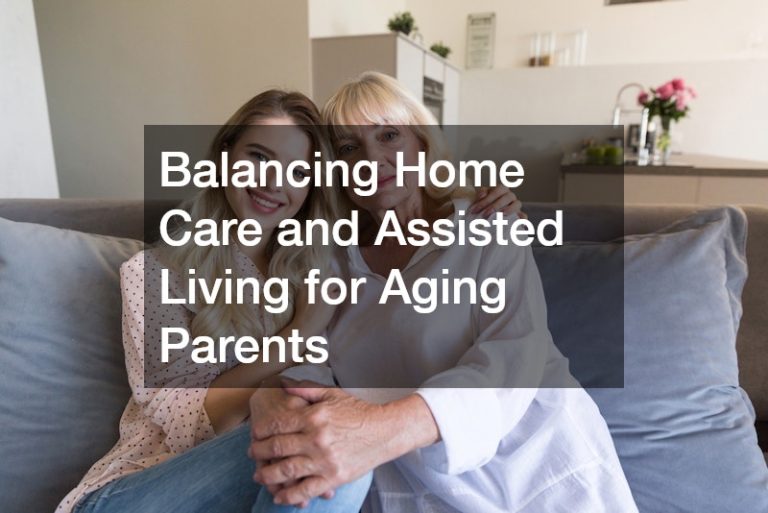In her Netflix documentary, Taylor Swift reveals her battle with anorexia. She joins the ranks of dozens — if not hundreds — of celebrities afflicted with the condition. In the time of social media, anorexia has only grown more prevalent — affecting both celebrities and ordinary people.
A Dangerous Affliction
Of all the noteworthy eating disorders, anorexia is the most dangerous. People suffering from anorexia have an increased risk of dying due to their condition or from complications associated with it. At its most basic, anorexia is the pursuit of thinness — whether because of fears of gaining weight or a distorted body image. People with anorexia will often lose weight through dieting, excessive exercise, the use of laxatives and diuretics, or self-induced vomiting. Anorexia will leave its victims severely malnutritioned — increasing their risk of cardiac arrest; heart, kidney, and liver failure; anemia; loss of bone density; electrolyte imbalances; low blood sugar; and gastrointestinal issues. Women can also experience a cessation of menstruation and difficulties conceiving. Anorexic men have also been found to have low testosterone levels. Undiagnosed anorexia can have serious repercussions as the damage to the body accumulates as time goes by. Untreated anorexia during the developmental stage can have lifelong consequences. 6 months of deprivation can lead to serious cases of bone loss and affected teens will have their growth stunted permanently by the malnutrition and osteoporosis.

Affecting All Walks of Life
While tales of anorexia are often put in the limelight by celebrities, the condition affects people from all walks of life. Unhealthy body image and low self-esteem are often driving forces of anorexia — and social media has only made the situation worse. In a time when anyone can compare himself/herself to almost anyone in the world — cases of body image problems, low self-esteem, and depression have increased dramatically. Physical appearance has become a valuable commodity in social media. One’s looks often determines how many engagements one can accumulate. Most often, the people with the most engagements are often the ones with higher risks of developing eating disorders. School can also be a harsh environment for sensitive individuals — a snide comment or an off-hand remark can trigger self-doubt that may lead to the onset of eating disorders.
Anorexia in Your Loved Ones
People suffering from anorexia are unlikely to get help or treatment on their own volition. Often, an external force is required — like the care of friends and loved ones or the abject instruction of medical personnel. Anorexia is easily missed as anorexics will go to great lengths to conceal their condition. They are often withdrawn and avoid social interactions and are prone to wearing several layers of clothing to conceal their weight loss. If you notice drastic weight loss together with social withdrawal and an aversion to eating in your loved one — it could be signs of anorexia. Don’t hesitate to discuss your sentiments — as waiting will only exacerbate the problem. The most effective treatment for anorexia is specialized centers and facilities devoted to treating eating disorders. The first few weeks might require an inpatient option — depending on the severity of the condition.
Anorexia is a dangerous condition — even made more so by the difficulty in diagnosing it. However, it can be treated once you confront the problem.




